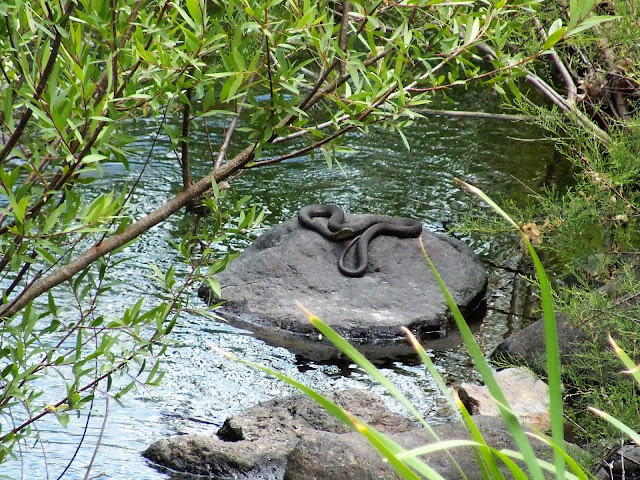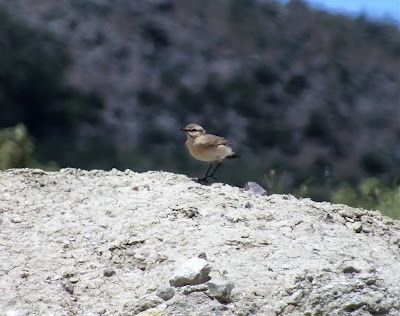Pembrey Burrows guided walk... Spring Migrants!
Today was the second of the summer series of guided walks at the Pembrey Burrows & Saltings Local Nature Reserve; there wasn't a great turnout but nevertheless we had a really interesting walk.
Starting at the entrance to the reserve, well you would wouldn't you, we ambled through the first grazing fields, now devoid of the bullocks who have been munching away for five months, they seem to have made an impression as we found swarms of Green Winged Orchid, in amongst Bulbous Buttercup and Cowslips. My photos do not do the image any justice at all.
 |
| My photo doesn't do justice to the incredible vista of the Green-Winged Orchids |
We continued on out onto the edge of the salt marsh where a change of vegetation was very noticeable with Thrift, Scurvy Grass, and the first signs of one of the site specialities Rock Sea Lavender, (not yet in flower so photo to follow) found at a selected few sites across the country.
 |
| Thrift |
After pausing at the shelter were more seasonal information has been added, we continued out towards the sea as high water was due.
Here the estuary was like a mill pond, a Northern gannet was just in the county as it dived for fish and most definitely on the reserve were a large flock of Oystercatchers, with an accompanying group of smaller waders including, Dunlin, Sanderling and Knot also in the group was a lonesome Bar-tailed Godwit, bringing the bird list for 2016 to 100 species.
The weather had improved to sunny and quite warm (my fleece was surplus to requirements) which brought out the butterflies including Small Blue, Common Blue Small Copper, Green-veined white, Dingy Skipper and Green Hairstreak.
 |
| Green Hairstreak |
 |
| Small Blue |
 |
| Small Copper |
Thanks to Adam Dare for the butterfly images
The walk took around two and a half hours long enough to sample the diversity of the site.



















